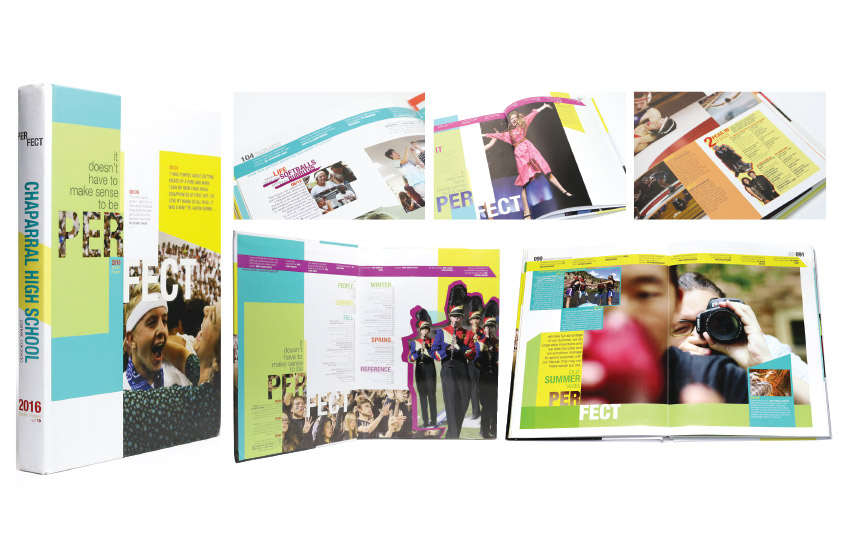Creating your Theme and Developing a Unifier
UNIFIER DEFINED
A unifying statement or idea (also referred to as “theme”) within a yearbook that clearly tells a story, creates a personality and marks the school year by mirroring the action, tempo and mood of the student body.
DEVELOPING A UNIFYING CONCEPT
- Have a brainstorming session where everyone convenes and shares their ideas. This might take place at a staff-only meeting over the summer or at a summer camp or workshop.
- A designated person should write down all the ideas.
- Ideas should be shared openly without criticism or comment.
- Consider words/phrases and ideas; discuss the verbal voice of each.
- Narrow the ideas down to two or three that meet the required criteria and have the most appeal.
- Determine whether traditional sections or some other format makes most sense.
- Discuss whether mini-theme ideas would be appropriate for each section.
- Usually one of the ideas becomes an obvious choice at this point.
- If not, continue developing the ideas and have the staff, editor(s) and adviser determine the best concept.
A STRONG UNIFIER SHOULD…
- relate to the school. There should be an obvious tie between the school and the theme. For example if school morale is low – DO NOT choose a pride theme.
- relate to the year. Major school events and/or circumstances that occur during the year provide logical and appropriate theme choices.
- be verbal. The catch phrase should be memorable and flexible so that it can be adapted to theme copy, captions and mini-themes or spin-offs.
- be visual. A theme look is created by using fonts, graphic elements and colors that are consistent with the message.
A UNIFIER SHOULD NOT BE…
- a song, movie, TV or magazine title.
- copyrighted material.
- a condescending or demoralizing theme.
- an overused phrase or idea.
UNIFYING DESIGN
Utilize the cover, endsheets, title page, opening spread(s), closing spread(s) and all divider pages to convey the theme throughout the book. The reader should immediately recognize the theme in each section of the book. Supporting elements such as graphic devices, titles or folios may be used to help unify the yearbook.
Layouts that are necessary for the theme pages within the book are:
- The title page which carries key school information.
- The opening spread(s) and closing spread(s) are often identical layouts.
- All dividers should be identical, and similar to the opening and closing spreads. Consistent divider pages help indicate to the reader that a transition is being made.
UNIFYING VOICE
Theme copy should support the theme concept in tone and content as well as through word choices and font selection. Specific details and informative words are key elements when writing dynamic theme copy, which should read like anything but a descriptive paragraph or graduation speech.
- Adviser Takeover: I didn’t know that I didn’t know. - September 23, 2023
- STAFFER TAKE OVER: eDesign Sticky Notes Make Editing Easy - September 11, 2023
- ADVISER TAKEOVER: How to Involve Your School Community in YBK Sales - September 1, 2023



